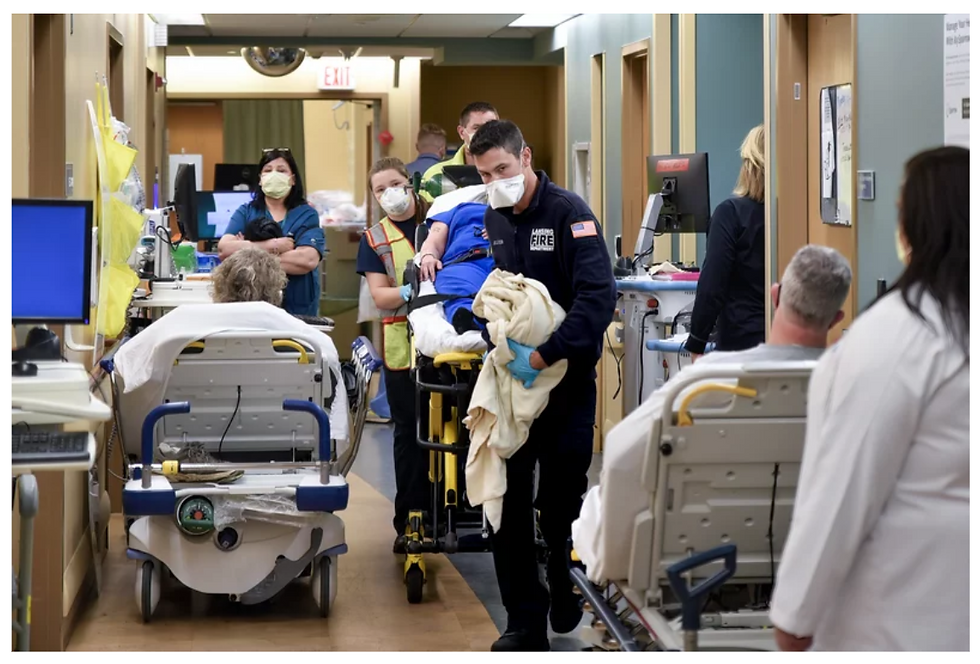Unwinding the Workflow
- katherinepiette
- Mar 24, 2021
- 2 min read
Written by Rachel Bracken

I’m about to tell you something that will make you think that I am absolutely one of the most fun, interesting, and cool people you’d ever know. So what’s my secret? Well, here you go; I spend a lot of time thinking about workflow! Awesome, right? Ok, maybe it’s kind of lame, but I bet I’m not alone.
Workflows are often tangled up and messy, so unwinding your workflow is crucial to running a successful healthcare business. It doesn’t have to be that complicated, you just have to “begin with the end in mind...” as Stephen Covey says.
Break it down! What is your end goal as wound care providers? For wounds, healing wounds and discharging patients to their own care is core, in most cases. So, with that end in mind, how do you start and what does the path at the end look like? How do you isolate key points of challenges in the workflow, and then thoughtfully unwind them?
There are three components of the workflow process, which could be labeled as input, transformation, and output. In regards to wound care patients, the input is the observations entered by the clinician. The transformation is what is done with that information to formulate a Plan of Care for the patient. And finally, the output is the documented care and resources subsequently provided to the patient, as well as the patient’s wound healing and outcomes. Corstrata has simplified each of these components through our tech-enabled, virtual approach to wound care in the patient’s home.
Working with clinical staff is the key to maintaining the highest standard of care when dealing with wounds. Most homecare clinical staff are versed, but not formally trained in wound treatment. And, it’s a full time job to just keep up on the emerging, evidence-based practices. Corstrata can enhance clinician wound knowledge while working to offer guidance in treatment recommendations. This gives the agency staff the ability to work with the patient’s physician without delay. Our tech-enabled, virtual approach simplifies the input and transformation portions of the workflow process.
How do we do this? We begin by learning the agency's current internal workflow process. By working internally with the agency, we can find points of opportunity in the workflow. Corstrata has found the path to integrate is typically easier than it may seem on the surface, and technology integrations can follow as the use of the service begins to scale. This agility in the workflow is critical in achieving quick wins with the clinical teams, and not create long, laborious, time and resource onboarding programs -- at least, not until the value is clear -- for the organization. Over time, and as the business case is clear, the Corstrata and client team can begin technology integration, but only after the workflow is fully understood within the client operations.




Comments